After updating their ZS line with the ZSR, ZS10 and ZSA, KZ showed some love for the ED line of IEMs, too. The KZ ED16 sets itself apart from previous models in the ED line-up, resembling the ZS IEMs more from an aesthetic and functional standpoint: transparent plastic housings, fancy cursive text on the faceplates and detachable cable. On top of the classic seemingly-random naming scheme, of course.
The KZ ED16 are hybrid in-ear headphones with a single dynamic driver and two balanced armatures. They stand in KZ’s line-up as a low-end offering, at least when it comes to price.
Disclaimer: the unit was provided free of charge by AK Audio in exchange for this review. The KZ ED16 is normally priced at $24/$25 (mic/no mic), but Soundphile Review readers can buy it at $15/$16: just write “SoundphileReview” in the message field during checkout, select “other payment methods”, confirm order and then cancel payment. They will adjust the price manually and you will receive an email confirmation, then you will be able to complete the purchase at the discounted price.
TL;DR: recap
| Pros |
Cons |
| Comfortable, peculiar design
Replaceable cable Good instrument separation |
Low-quality stock cable
Aggressive lower treble |
Rating: 6.8/10
Packaging & Accessories
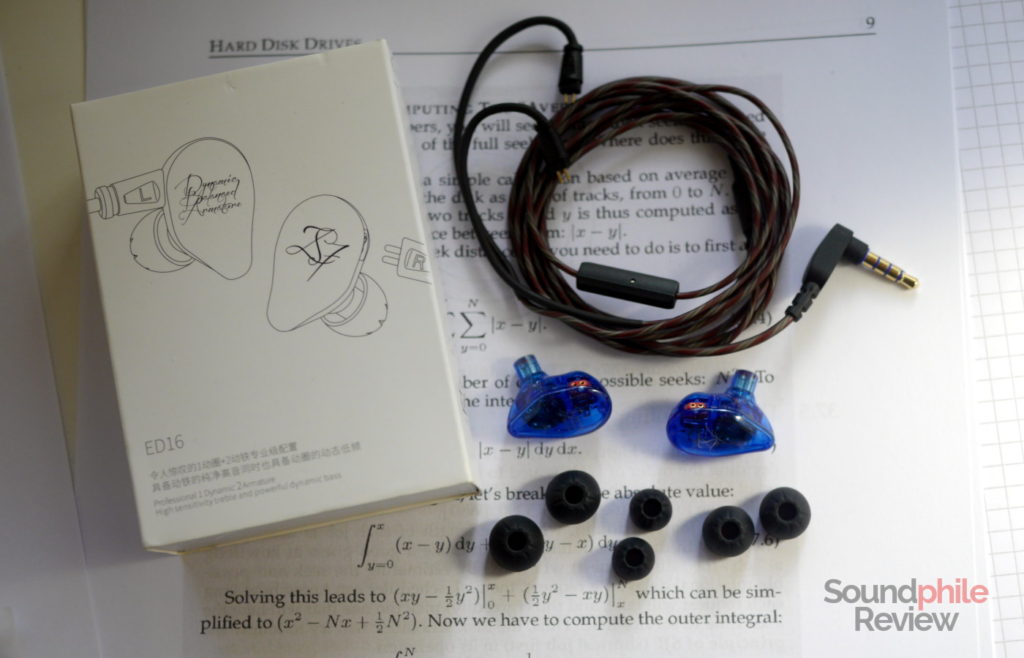
There are no news on this front – this is typical KZ packaging, with a cardboard box holding a plastic tray that holds the earpieces and behind which is the cable and the silicone eartips. The ED16 come with the classic KZ cable, which is plasticky and flimsy.
Design & Comfort
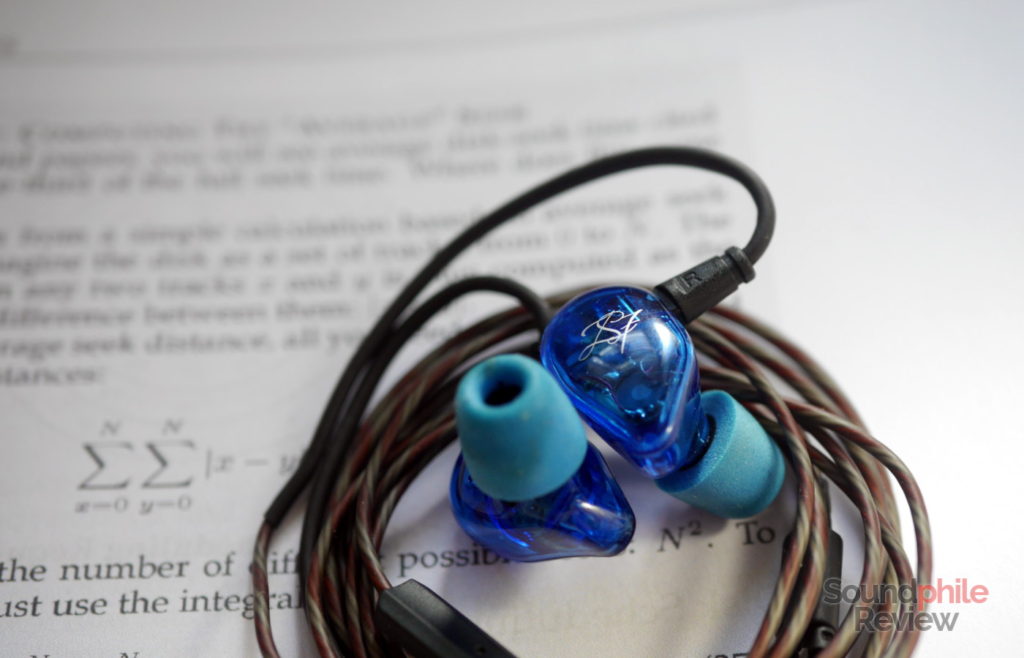
You maybe noticed it yourself immediately, but it took me a few days to realise it: the text on the right earpiece clearly says “ZS7“. There’s no trace anywhere on the earphones that these are in fact the ED16. My guess is that either these were originally meant to be the ZS7 and someone forgot to change the text or KZ is trolling us hard – choose your favourite.
The housings are really small and may be the smallest among the detachable cable designs made by the company. They’re made of transparent plastic, either black or electric blue (which I find truly sexy, to be honest); there’s nothing truly new or notable here, as this is pretty much standard for KZ IEMs and follows the tracks of previous products.
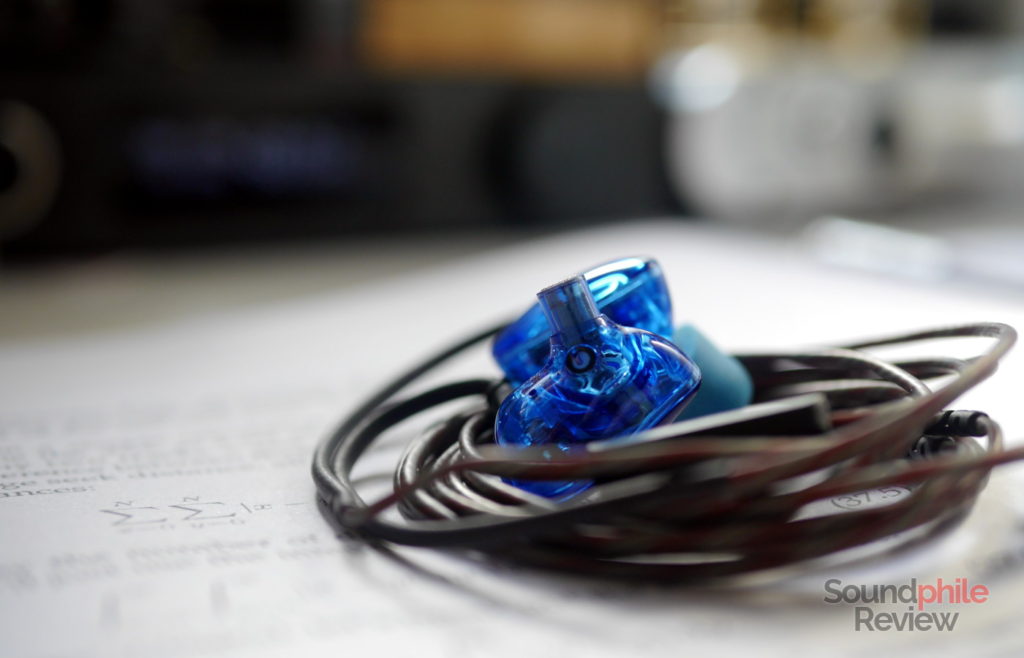
Build quality is also pretty consistent with previous products: it is good and the earphones appear decently solid and resistant, but they’re definitely not tanks. They seem decent for the price. The left earpiece has a bit of play on the two plastic parts that make the housing and they creak noticeably when I press them to fit the earpiece in my ear. This does not happen every time, though; I guess the unit was not assembled correctly.
The drop-like shape and reduced footprint makes the KZ ED16 probably the most universal earphones made by the company. Most of their products are in fact either oddly shaped, big, or both, so they tend to be comfortable only for a fraction of the users. The ED16 forgo the odd shapes and keep a low footprint while adopting a shape that should fit the ears of a very wide audience. In my (strictly subjective) experience, the KZ ED16 are quite comfortable and I can keep them on for more than three hours without any fatigue.
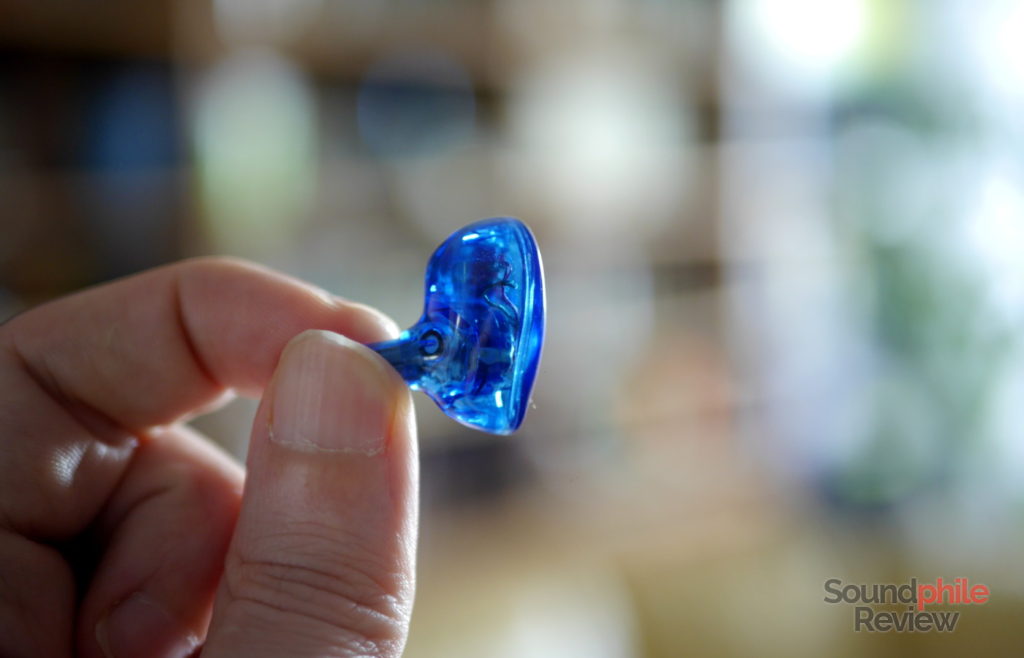
Isolation is low, no matter what eartips one uses: the light plastic used for the housings seems not to block much noise and forces you to raise the volume in crowded or noisy situations (think busy streets, public transport, etc).
KZ provides their usual plasticky, finicky cable with the ED16 – it’s rubbery and it gets often and easily in the way, it has lots of microphonics and it’s also not really comfortable on top of that. This is the reason I used the Yinyoo 6-core copper cable most of the time.
Sound & Specs
After about 100 hours of break-in, I tried the ED16 with the following equipment: Topping DX7, Topping D30 driving a Head ‘n’ HiFi Objective2 amplifier, RHA Dacamp L1 driving a Venture Electronics RunAbout 2.0 Balanced Lite and Cayin N5ii. Source files used are standard-res FLACs with a few 320 kbps MP3s and high-res files in between.
KZ ED16 |
| Frequency response | 10 – 40,000 Hz |
| Impedance | 25 Ω |
| Sensitivity | 105 dB |
The KZ ED16 are hybrid in-ear headphones that use a single dynamic driver for bass and two balanced armatures for mids and treble. Once again, the tactic of stacking up drivers does not necessarily lead to better sound quality.
The signature is overall a bit more balanced than other headphones such as the ZS10 or the ZSR, but it still is V-shaped and has a few quirks. There’s a spike in the upper mids/lower treble region that, together with heavily rolled-off treble, gives the sound a bright tonality but lacks strength in the topmost region – and that sounds quite strange. Truth be told, the sound signature resembles the check symbol (✓) more closely – slightly elevated bass, recessed mids and turn-it-to-11 treble.
This makes for a very fatiguing signature, especially with music that is rich of sounds in the lower treble and upper midrange region. I really feel like the signature is hard on the ears as just half an hour of listening is enough to make me wish to take the earphones off and take some rest. That’s subjective, but keep in mind I usually like bright signatures so that’s not the issue!
What I am impressed by is the detail retrieval and instrument separation at this price point. There’s good to very good representation of details throughout the whole spectrum, and this impression is reinforced by (and, in turn, reinforces) the instrument separation that is way above the average level of IEMs below $30.
Among the weaknesses of the ED16 is the soundstage: when I first put these on I was surprised at how music seemed to come from inside my ears, and therefore from my inside my head, and not from around me. This impression has been confirmed with later listening sessions; though certain songs can sound decent, the sensation is never that of a wide, deep soundstage that envelops you and places instruments all around you. Instead, it is almost pinpointy.
Bass is emphasised, yet it does not sound invasive or excessive. In fact the emphasis is not heavy and the general sensation is that of a somewhat coloured bass in the middle region, without excesses. There’s a bit of added weight, but it is discrete. What is missing is extension, as sub-bass really is not that much present. The consequence is the sound lacks that “slam”, depth and presence that would otherwise make it more complete, faithful and even fun to listen to. The rest is however decent – it does not spill over mids, has enough control to render a good amount of detail and gives the sound that much body it needs not to sound hollow. It doesn’t go much further than that, though.
Mids are not as heavily recessed as those of other KZ headphones, but they’re still definitely not neutral. In fact, they are behind everything else. Whether it is female voices, male voices, pianos or guitars, everything sounds behind bass (though not by a long distance) and behind treble (which often dominates the scene). It leaves you craving for more and makes you want to raise the volume, but this only exacerbates the unbalance. Midrange tuning is odd, as it is warm yet it has a clear climbing emphasis the closer they get to treble. They don’t sound bad, though: I enjoyed listening to the ED16 with a variety of different genres ranging from classic jazz to heavy electronica and found them to be quite versatile – this peculiar tuning is not neutral, but often does not get in the way of music enjoyment and lends them character.
Treble is heavily emphasised in the lower area. Instruments such as bagpipes, violins, electric guitars and wind instruments are extremely forward to the point of being almost piercing. After this peak, there is a heavy roll-off that makes higher frequencies faint and barely audible. Tracks with lots of cymbals and other high-pitched instruments are often hard to bear for more than a few minutes. Jazz Carnival by legendary Azymuth is one such tracks: it soon becomes fatiguing. In terms of quality, though, I can say KZ did a decent job as detail is really good and the separation between instruments is laudable.
There’s not a genre the KZ ED16 excel in or are not good at; their odd tuning makes it hard to pinpoint single genres and instead prompts for a track-to-track basis evaluation.
Here’s a comparison with other headphones:
- KZ ZS10: the ZS10 sound just off, so let’s begin by saying that the ED16 sound better just because they don’t sound wrong. Having that said, the ED16 have worse bass (ZS10’s is more controlled and deep) and also highs that appear more peaky and sharp. Mids are much more natural on the ED16, though they are less detailed. If you want an IEM that is ready to go and doesn’t need fiddling with an equaliser to be used, the ED16 are the way to go.
- KZ ZSR: the ZSR are the closest contender for the ED16: they are fairly similar in terms of sound signature and even design, but they also have quite a few differences. Their bass is more controlled and faster, mids appear to be more detailed and present, while treble is even more emphasised than that of the ED16 in the lower area, though it has slightly better extension. The two IEMs share many traits, but the ZSR are more fatiguing and sharp. Given they are technically better, though, the choice is between technicalities that need serious equalisation and less technicalities that need less equalisation. Mind the fact that the ED16 are not much worse than the ZSR on the technical front, though: the difference is not night-and-day, but rather a matter of little things here and there.
- RevoNext QT2: these are probably the best of the bunch represented here, as they have the most balanced and detailed sound overall. They also have the widest soundstage and instrument separation. The QT2 win clearly against the ED16 in every possible respect. That’s to be expected, though, given their price is more than two times that of the KZ ED16.
- Venture Electronics Monk IE Smalls: the Smalls offer better bass as it is faster and more extended, but they sound much darker and lack treble presence and extension. Despite their flaws, the ED16 are more balanced and sound definitely more natural – meaning that they don’t sound as if something was missing like the Smalls. This also means there is more perceived detail throughout the whole spectrum, with the exception of bass.
Final Thoughts
I find the KZ ED16 better than many previous headphones by KZ, though they still have flaws that make me think these were put together without much fine-tuning work. Mind you, they’re not bad: at the $25 price point they’re sold, they’re at least interesting – but they are not really a steal.
With their odd tuning they are enjoyable and fun, but definitely far away from the ideal neutrality that audiophiles look for. So I can only recommend them if you want something fun and entertaining and if you are ready to accept many compromises – be it on build quality, poor stock cable or peaks and dips in the sound signature. They are, on the other hand, quite satisfying on a few technical fronts and that’s where they really shine. I see them as a missed opportunity – but one that you can find enjoyment in nonetheless.

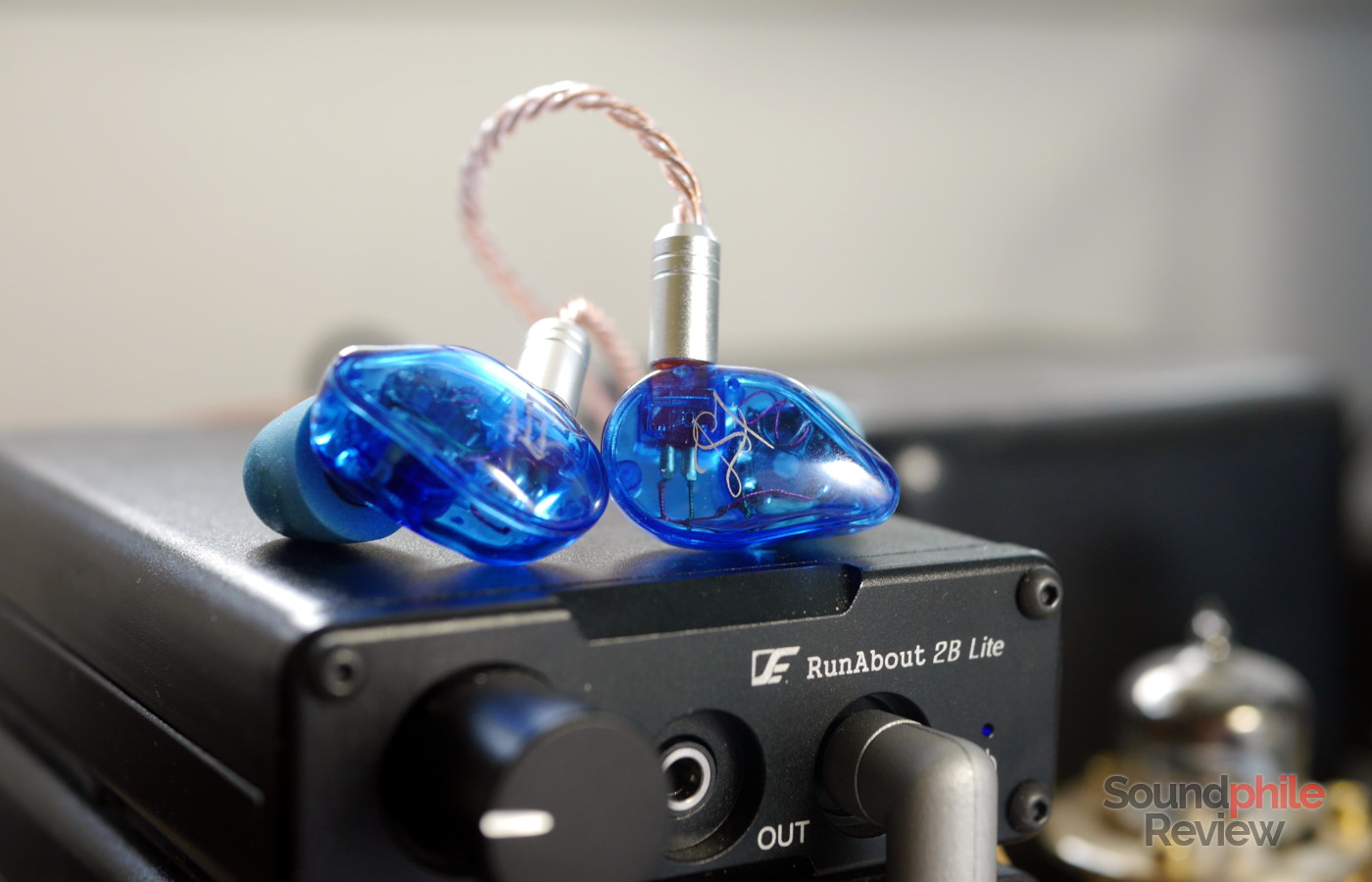



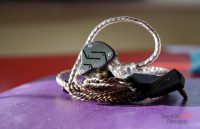



KZ ED16 or KZ ZSA ?